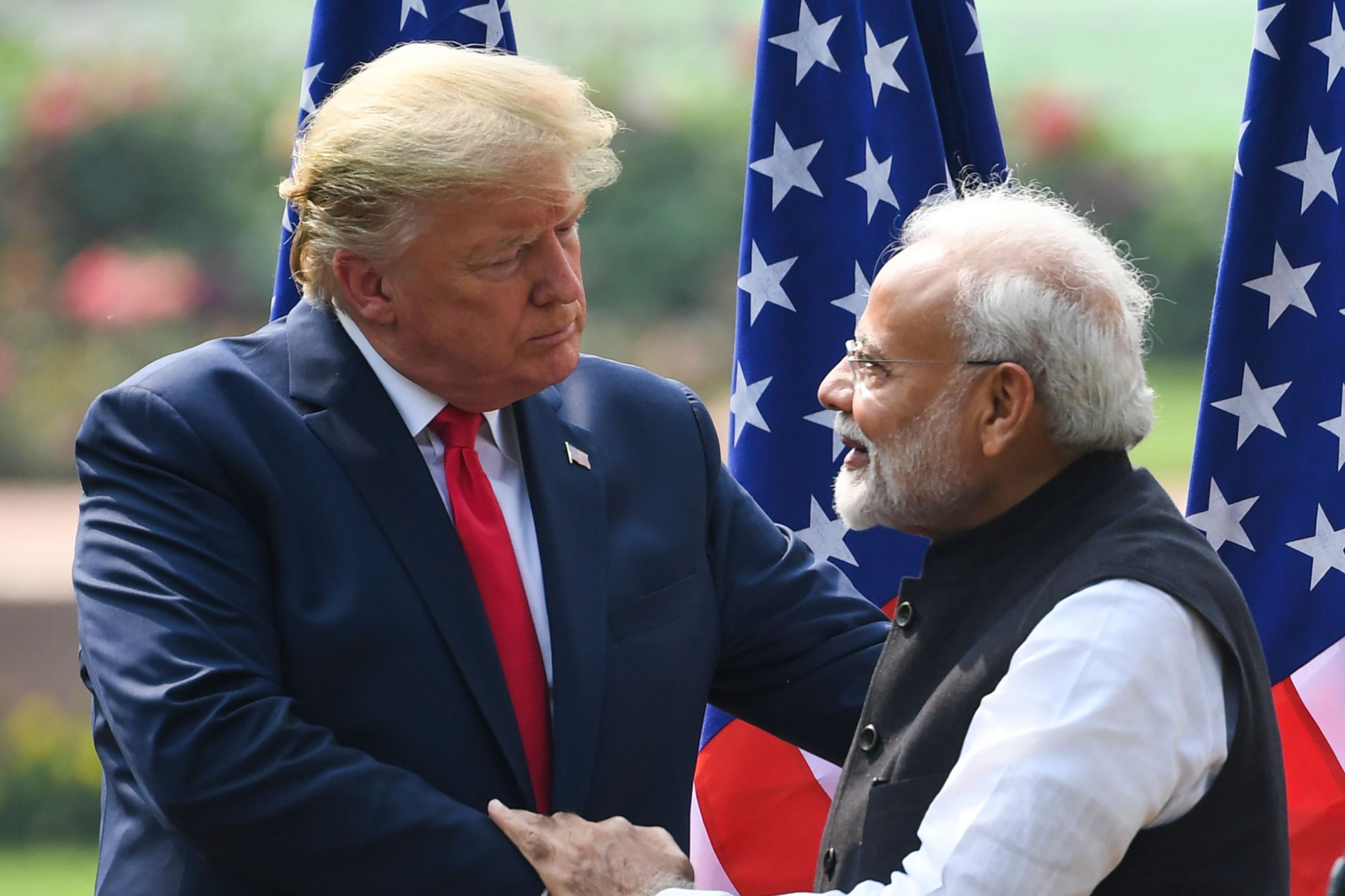U.S. strategists have long nurtured hopes of enlisting India in their efforts to contain communism and balance China. Dwight Eisenhower was the first president of the United States to venture to South Asia in pursuit of that vision, and most of his successors made similar journeys. This week, Donald Trump made his visit, a 36-hour stop, during which he and Indian Prime Minister Narendra Modi celebrated their personal relationship and the progress their two countries have made in bilateral relations.
For all the fine words — and the two men were unstinting in their praise for each other — the trip's achievements were considerably less substantial. Shared concern about China yielded a multibillion-dollar defense sale to India, but agreement on other issues has been elusive; a long-sought trade pact remains a work in progress.
The gap between the promise and the reality of the U.S.-India relationship will persist. There will be convergences, but New Delhi is too committed to its own way to join Washington in many of its policies. Indian leaders will zealously safeguard national prerogatives and reject any initiative, no matter how congenial to their national interest, that even appears to compromise Indian sovereignty.

















With your current subscription plan you can comment on stories. However, before writing your first comment, please create a display name in the Profile section of your subscriber account page.